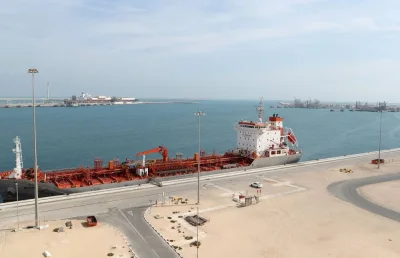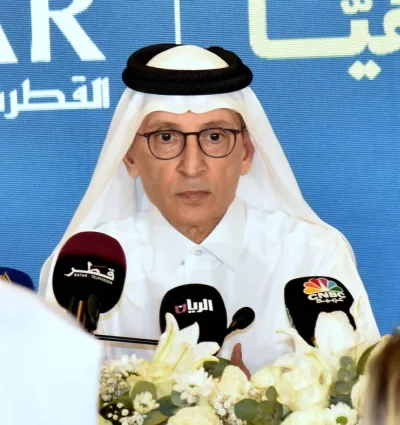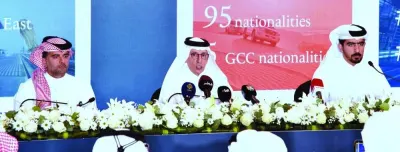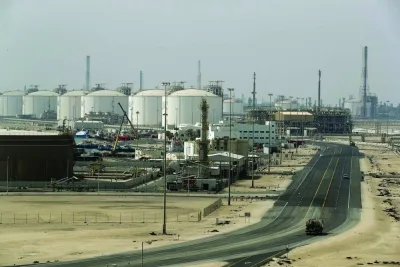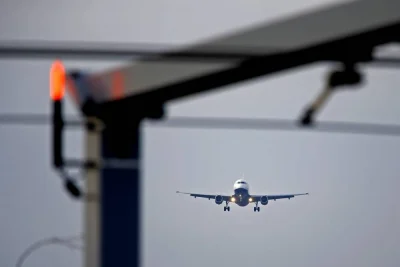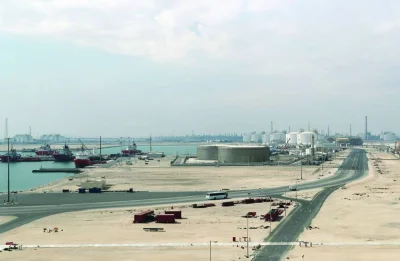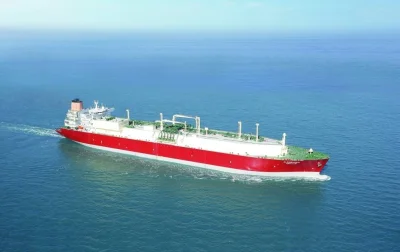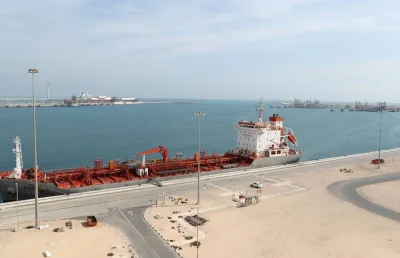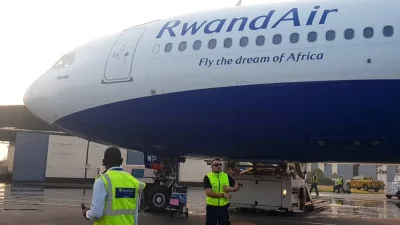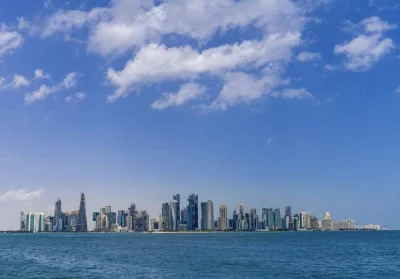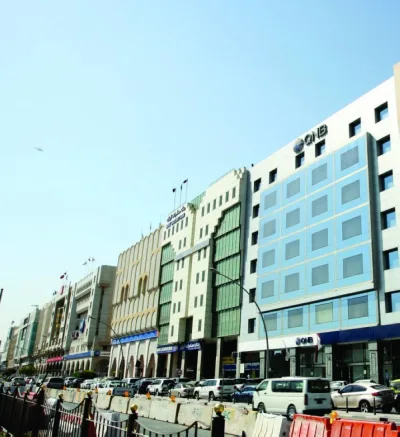The Covid-19 global pandemic has led to a significant decrease in air travel demand, resulting in a surplus of parked aircraft worldwide since early 2020..text-box { float:left; width:250px; padding:1px; border:1pt white; margin-top: 10px; margin-right: 15px; margin-bottom: 5px; margin-left: 20px;}@media only screen and (max-width: 767px) {.text-box {width: 30%;}}**media[18927]**The travel restrictions and border closures, which accompanied the onset of the Covid-19 pandemic, resulted in the number of aircraft in service dropping precipitously.However, with the lifting of travel restrictions and re-opening of airline routes and markets, these dramatic Covid effects on airline fleets have been steadily unwinding.Airlines have shifted their airline assets back into service, in line with the increase in air passenger demand.As of March this year, more than 28,000 aircraft were in service globally while in excess of 6,300 aircraft were in storage, according to IATA.The number of aircraft in storage today (6,300 aircraft) is 83% (or roughly 2,900 aircraft) more than in the pre-pandemic period, IATA data reveal.It is notable that the share of widebody aircraft currently in storage is substantially higher (by 7 percentage points) than in the pre-pandemic period.By the same token, the share of regional turboprop aircraft is considerably lower (by around 9 percentage points).This is consistent with the lagging recovery in international air travel markets compared with the shorterhaul regional and domestic routes. In the latest available data, domestic RPKs are back to around 97.5% of their pre-pandemic level, while international RPKs are at 77%.Clearly, the global pandemic has led to a significant decrease in air travel demand, resulting in a surplus of parked aircraft worldwide.Industry analysts say parked aircraft can lead to several problems globally, including maintenance, cost, depreciation, storage space, safety, security, environmental concerns, and economic impact. Therefore, it is crucial for airline operators to ensure that they have a robust plan to manage and maintain parked aircraft properly.The following are some of the problems associated with parked aircraft globally:Maintenance: Aircraft require regular maintenance, and when they are parked for an extended period, it can be challenging to keep them in good condition. Airline operators must ensure that parked aircraft receive regular maintenance and inspections to prevent damage from occurring.Cost: When aircraft are parked, airlines still have to pay for maintenance, insurance, and other associated costs. The longer the aircraft remain parked, the more costly it becomes for the airline.Depreciation: Aircraft parked for a long time can suffer from depreciation as their value decreases due to wear and tear, ageing, and technological advancements.Storage space: Airports have limited space for parking aircraft. With the increasing number of parked aircraft, it can be challenging to find sufficient space to accommodate them.Safety and security: Parked aircraft require proper security measures to prevent vandalism, theft, or other potential damages. Also, parked aircraft pose safety risks for ground operations, such as ground handling equipment, and other airport operations.Environmental concerns: Parked aircraft produce environmental problems such as soil contamination, fuel leaks, and corrosion. It can also cause aesthetic damage to the environment, and it can take a long time to repair the damage.Economic impact: The parked aircraft may have a severe economic impact on the aviation industry as airlines may face financial problems leading to layoffs or reduced operational capacity.Despite the production challenges for new aircraft, with the current number of aircraft in storage exceeding by some margin on the pre-Covid level, provides further potential for airlines to continue to meet the recovering demand for air travel this year.International traffic climbed 89.7% versus February 2022 with all markets recording strong growth, led once again by carriers in the Asia-Pacific region. International RPKs reached 77.5% of February 2019 levels, IATA data reveal.IATA Director General Willie Walsh noted, “Despite the uncertain economic signals, demand for air travel continues to be strong across the globe and particularly in the Asia-Pacific region. The industry is now just about 15% below 2019 levels of demand and that gap is narrowing each month.”

Most Read Stories
3



